Home>Technology>Smart Home Devices>How A Printer Works
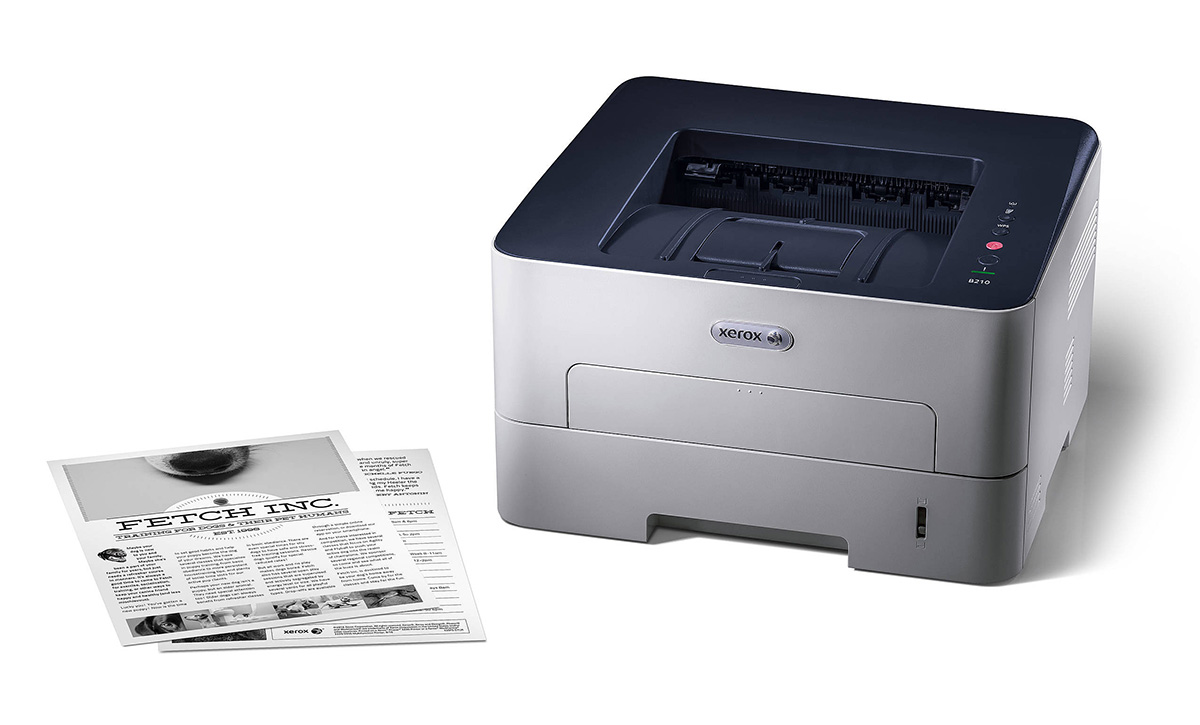

Smart Home Devices
How A Printer Works
Modified: February 18, 2024
Discover how smart home devices like printers work and enhance your home automation system with this insightful guide. Explore the technology behind these essential devices.
(Many of the links in this article redirect to a specific reviewed product. Your purchase of these products through affiliate links helps to generate commission for Storables.com, at no extra cost. Learn more)
**
Introduction
**
Welcome to the world of printing, where technology and innovation come together to transform digital data into tangible, physical documents. Printers have become an indispensable part of our daily lives, serving both personal and professional needs. Whether it’s producing important reports, vibrant photographs, or creative projects, printers play a crucial role in bringing ideas to life. In this article, we will delve into the fascinating realm of printers, exploring their types, components, printing processes, and the technologies that drive them. By understanding how a printer works, you’ll gain valuable insights into a device that has revolutionized the way we communicate and share information.
Key Takeaways:
- Printers are essential devices that transform digital data into physical documents, catering to diverse needs with various types like laser, inkjet, and all-in-one printers.
- Understanding the intricate printing process and diverse technologies empowers users to select the most suitable printer for their specific requirements, from vibrant photo prints to high-speed text documents.
Read more: Inkless Printer: How Does It Work
Types of Printers
Printers come in various types, each designed to cater to specific needs and preferences. Understanding the distinctions between these types can help you make an informed decision when selecting a printer for your home or office. Here are the primary types of printers:
- Laser Printers: Utilizing laser technology, these printers are known for their high-speed, high-quality output. They are ideal for text-heavy documents and are commonly used in office environments for their efficiency and precision.
- Inkjet Printers: Inkjet printers are versatile and popular for their ability to produce vibrant color prints. They are well-suited for photo printing and are a preferred choice for home users and small businesses.
- All-in-One Printers: Also known as multifunction printers, these devices combine printing, scanning, copying, and sometimes faxing capabilities in a single unit, providing a comprehensive solution for various document management needs.
- Photo Printers: Designed specifically for producing high-quality photographs, these printers offer advanced color accuracy and detail, making them an excellent choice for photography enthusiasts and professionals.
- Dot Matrix Printers: While less common in modern settings, dot matrix printers use impact-based technology to create carbon copies and multipart forms, making them suitable for specific industrial and financial applications.
Each type of printer has its unique strengths and features, allowing users to select the most suitable option based on their specific printing requirements and preferences.
Components of a Printer
A printer comprises several essential components that work together to convert digital data into physical prints. Understanding these components can provide valuable insights into the intricate process of printing. Here are the key components of a printer:
- Input Tray: This is where the paper is loaded for printing. It ensures a steady supply of paper for the printing process.
- Print Head: In inkjet printers, the print head contains nozzles that spray ink onto the paper, while in laser printers, it houses a laser beam that projects the image onto a photosensitive drum.
- Toner or Ink Cartridges: These cartridges contain the ink or toner used for printing. In inkjet printers, the cartridges house liquid ink, while in laser printers, they contain toner powder.
- Rollers: The printer rollers facilitate the smooth movement of paper through the printing process, ensuring precise and consistent print alignment.
- Control Panel: The control panel allows users to interact with the printer, providing options for selecting print settings, monitoring ink levels, and troubleshooting issues.
- Logic Board: Also known as the formatter, this component serves as the brain of the printer, processing print commands and managing the overall printing process.
- Output Tray: Once the printing is complete, the output tray collects the printed documents, ensuring they are neatly organized and easily accessible.
- Connectivity Ports: Printers feature various connectivity ports, such as USB, Wi-Fi, and Ethernet, enabling seamless integration with computers and other devices.
These components work in harmony to execute the printing process efficiently, with each playing a crucial role in delivering high-quality prints to meet diverse user needs.
When using a printer, make sure to regularly clean the printer heads and rollers to maintain good print quality and prevent paper jams.
Printing Process
The printing process involves a series of meticulously orchestrated steps that transform digital data into physical prints. Understanding this process sheds light on the inner workings of a printer. Here’s an overview of the printing process:
- Data Processing: The printing process begins with the printer receiving digital data from a connected device, such as a computer or smartphone. This data is processed by the printer’s internal logic board, which interprets the information and prepares it for printing.
- Image Formation: In laser printers, the image formation process involves the creation of an electrostatic image on a photosensitive drum using a laser beam. In inkjet printers, the print head sprays tiny droplets of ink onto the paper, forming the desired image or text.
- Transfer and Fusion: In laser printers, the electrostatic image on the drum is transferred to the paper and fused using heat and pressure, resulting in a permanent print. In inkjet printers, the ink on the paper is dried through a combination of heat and absorption, securing the printed image.
- Paper Handling: Throughout the printing process, the printer’s rollers facilitate the precise movement of paper, ensuring accurate print alignment and smooth paper handling.
- Output Delivery: Once the printing is complete, the printed documents are delivered to the output tray, ready for retrieval and further handling.
These steps, executed with precision and efficiency, culminate in the creation of high-quality prints that accurately reflect the digital data provided, showcasing the seamless integration of technology and craftsmanship in the printing process.
Types of Printing Technologies
Printers employ various printing technologies, each with its unique methods and advantages. Understanding these technologies provides valuable insights into the diverse capabilities and applications of different types of printers. Here are the primary types of printing technologies:
- Laser Printing: Laser printers utilize laser technology to produce high-quality prints with exceptional speed and precision. They are well-suited for text-heavy documents and are widely used in office environments for their efficiency.
- Inkjet Printing: Inkjet printers create prints by propelling droplets of ink onto the paper, resulting in vibrant color output and detailed images. They are versatile and popular for both home and professional use, especially for photo printing.
- Dot Matrix Printing: Dot matrix printers use impact-based technology to create characters and images by striking an ink-soaked ribbon against the paper, making them suitable for tasks that require carbon copies and multipart forms.
- Dye-Sublimation Printing: This technology uses heat to transfer dye onto various materials, such as plastic, paper, or fabric, resulting in high-quality, durable prints. Dye-sublimation printers are commonly used for producing photographic prints, ID cards, and labels.
- Thermal Printing: Thermal printers generate prints by selectively heating thermal paper, causing the coating to darken in the areas where heat is applied. They are often used in point-of-sale systems, label printing, and certain types of receipts.
Each printing technology offers distinct advantages, catering to specific printing requirements and applications. By leveraging these technologies, printers have evolved to meet a wide range of needs, from producing intricate graphics to generating rapid, high-volume text prints.
Read more: What Printer Works With IPad
Conclusion
Exploring the intricate world of printers unveils the remarkable fusion of technology and craftsmanship that underpins the process of transforming digital data into tangible prints. From the diverse types of printers catering to various needs to the essential components working in harmony, printers have become indispensable tools for both personal and professional use.
Understanding the printing process, from data processing to output delivery, provides a deeper appreciation for the precision and efficiency involved in creating high-quality prints. Moreover, the diverse printing technologies, including laser, inkjet, dot matrix, dye-sublimation, and thermal printing, offer a spectrum of capabilities to meet an array of printing requirements.
As technology continues to advance, printers evolve to deliver enhanced performance, versatility, and quality, empowering users to bring their ideas to life with stunning visuals and crisp, clear text. Whether it’s producing vibrant photographs, detailed graphics, or comprehensive reports, printers serve as indispensable tools in today’s digital age.
Embracing the world of printers not only unlocks the potential for creative expression and efficient document management but also highlights the seamless integration of innovation and functionality. As printers continue to shape the way we communicate and share information, their impact remains profound, bridging the digital and physical realms with precision and artistry.
With an array of options and technologies at our disposal, printers stand as testaments to human ingenuity, offering a gateway to transforming digital concepts into tangible, real-world outputs. As we navigate the ever-evolving landscape of printing, we are reminded of the enduring significance of this essential technology in our daily lives.
Frequently Asked Questions about How A Printer Works
Was this page helpful?
At Storables.com, we guarantee accurate and reliable information. Our content, validated by Expert Board Contributors, is crafted following stringent Editorial Policies. We're committed to providing you with well-researched, expert-backed insights for all your informational needs.
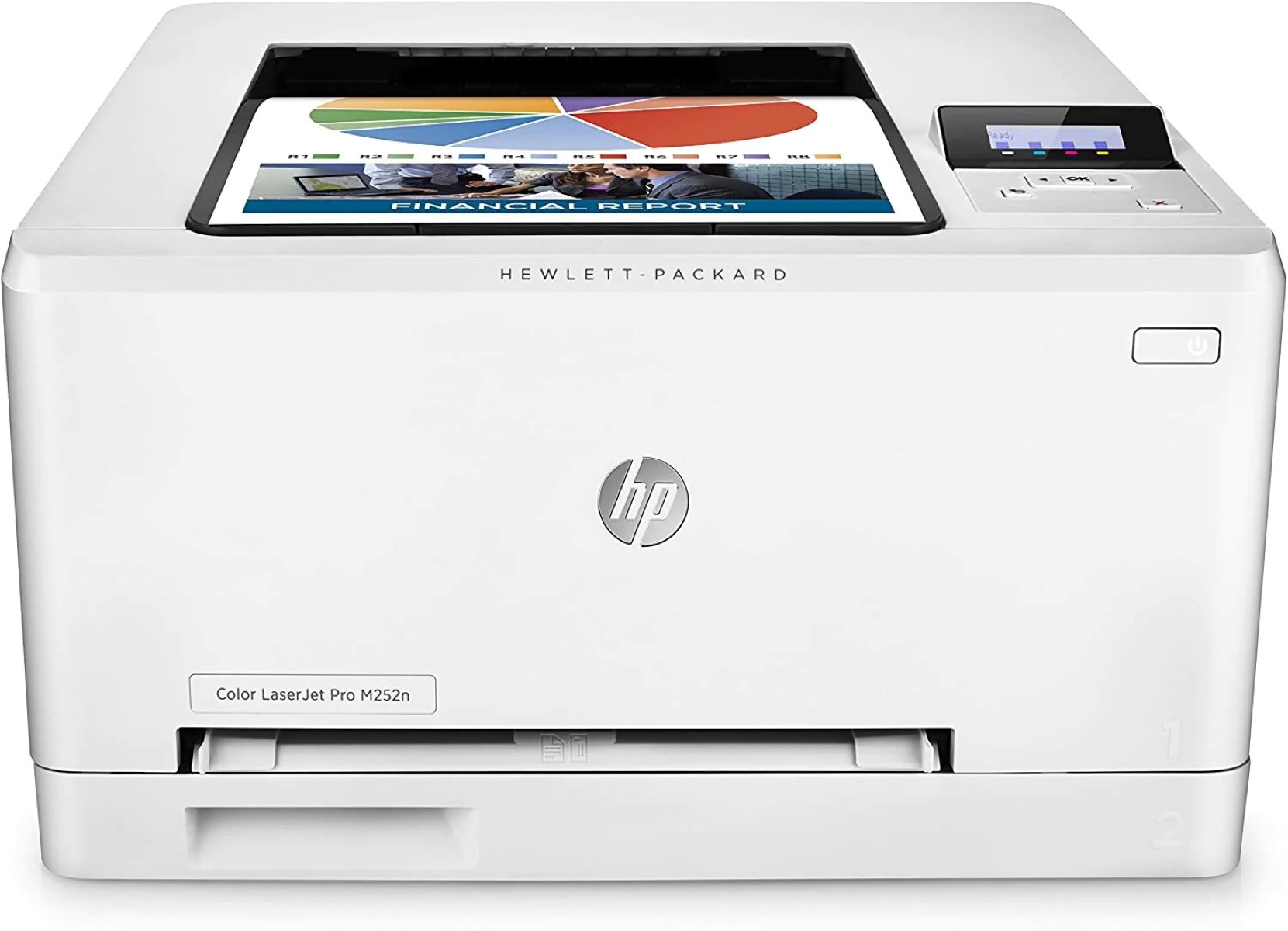
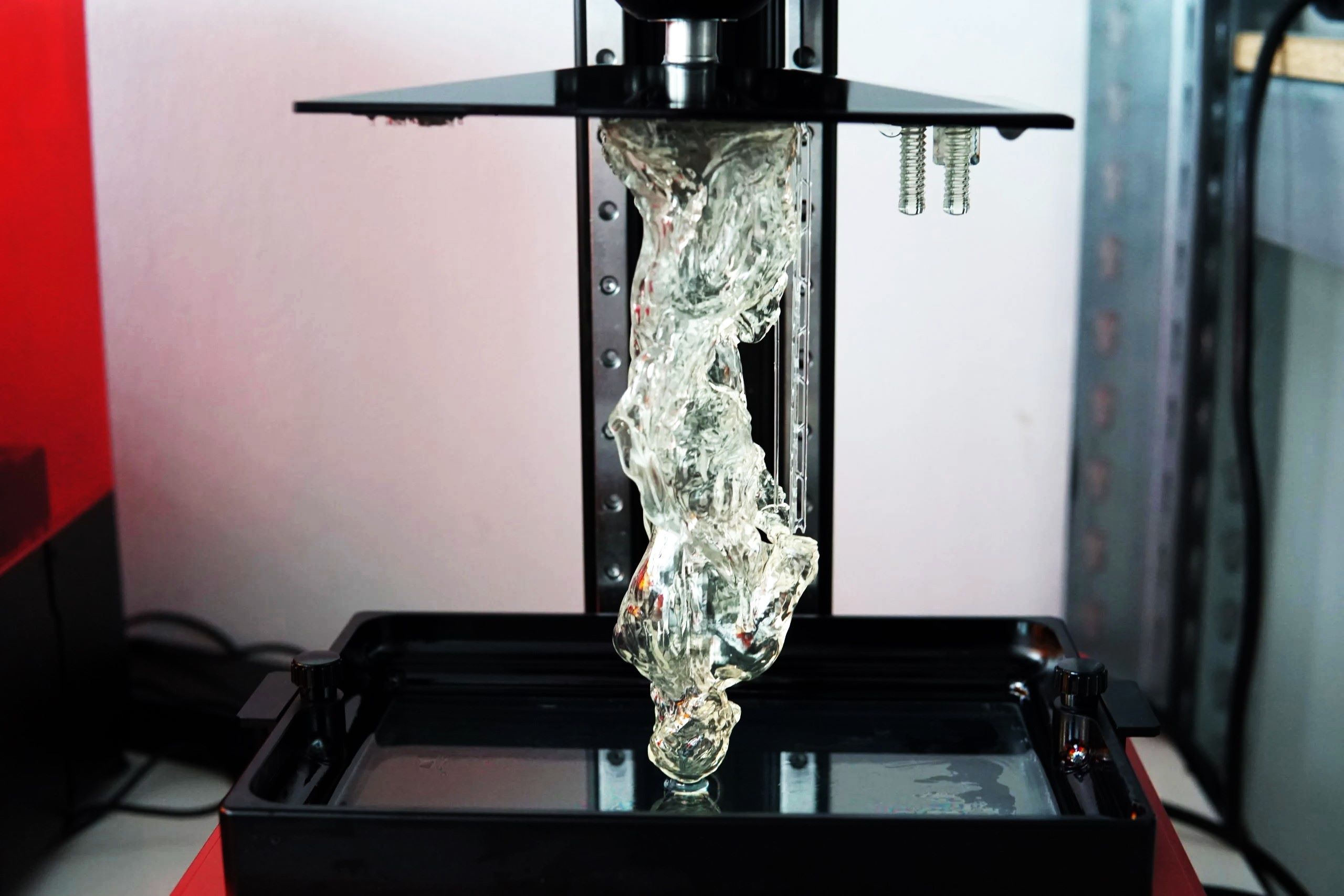



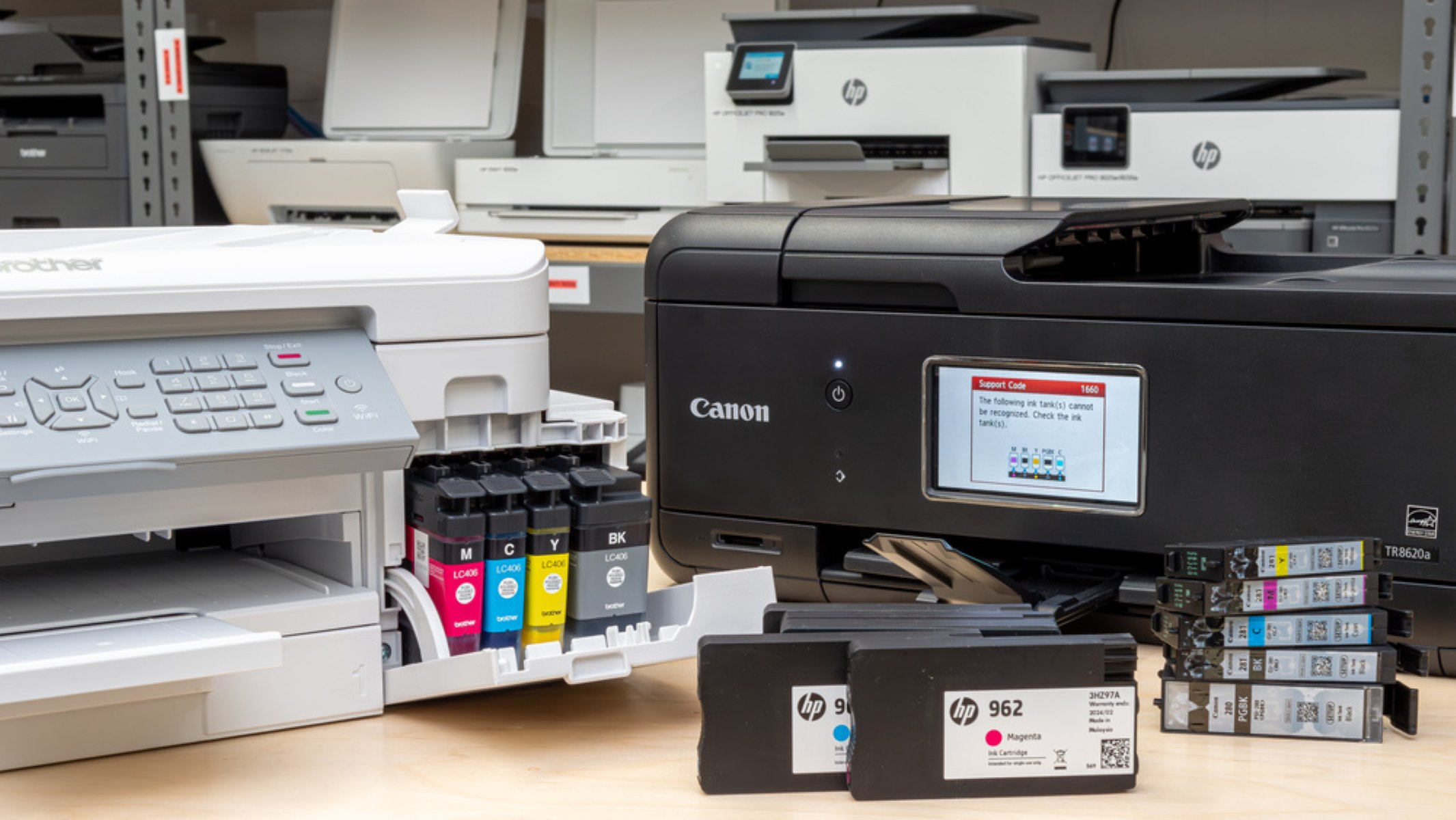

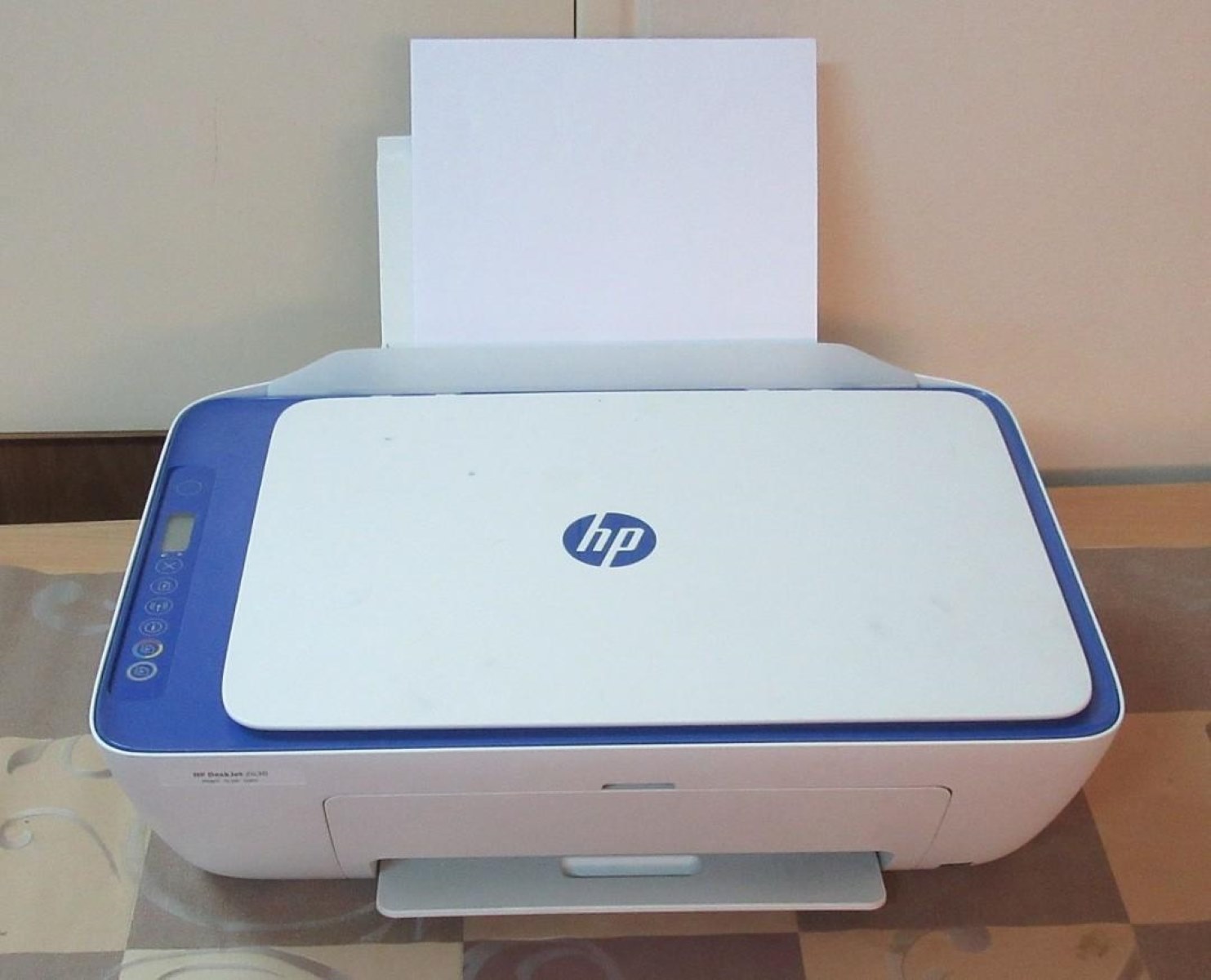


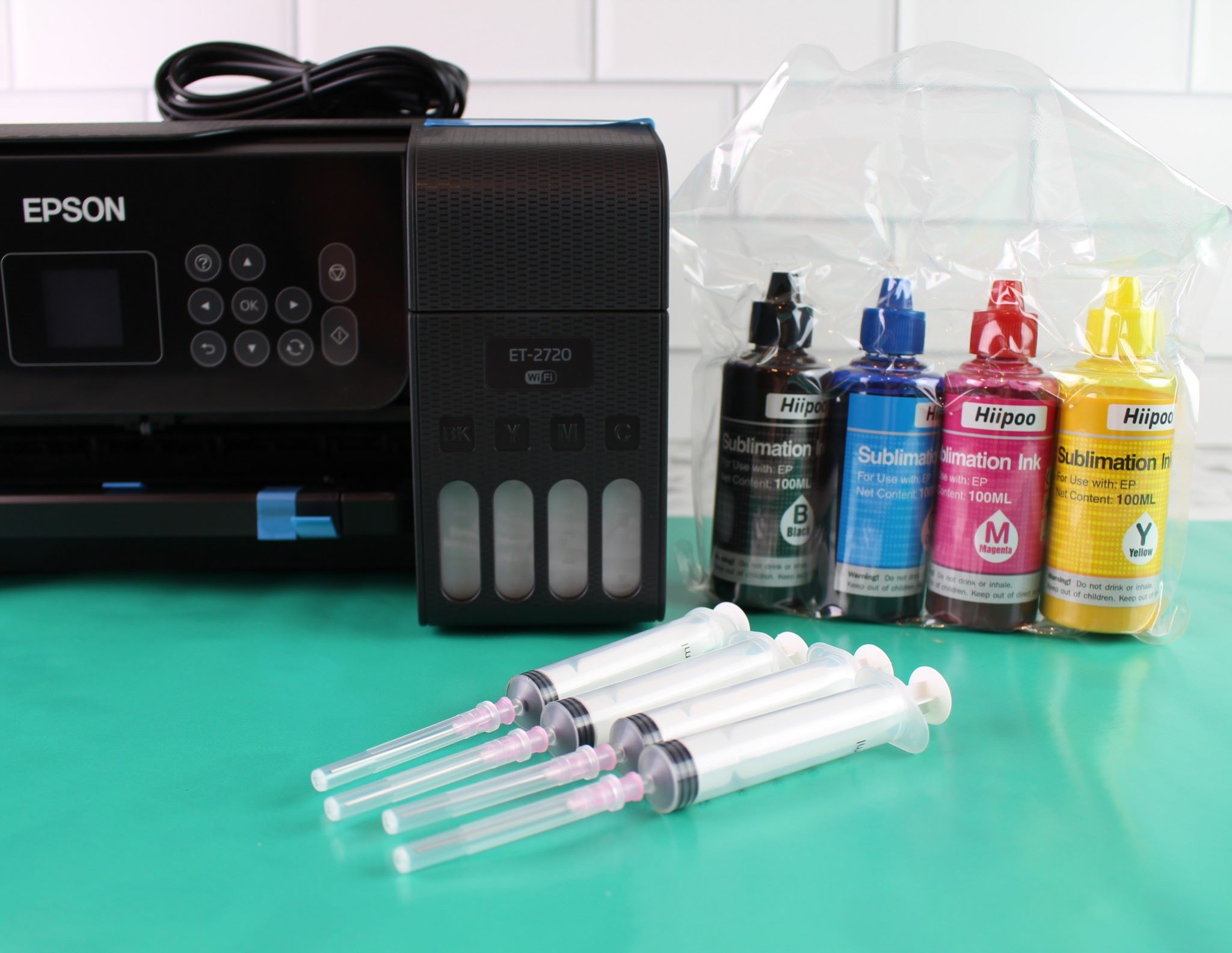


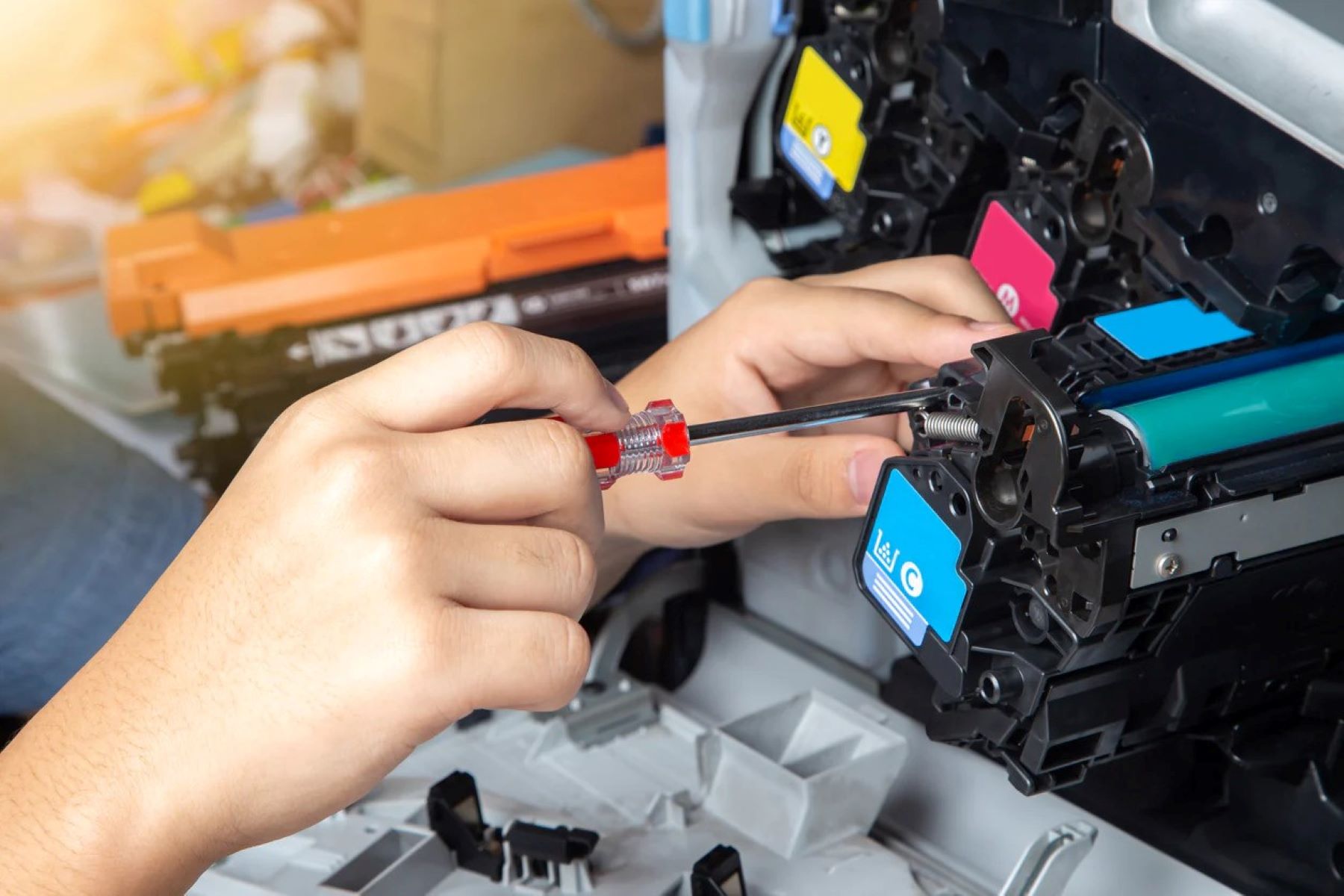

0 thoughts on “How A Printer Works”